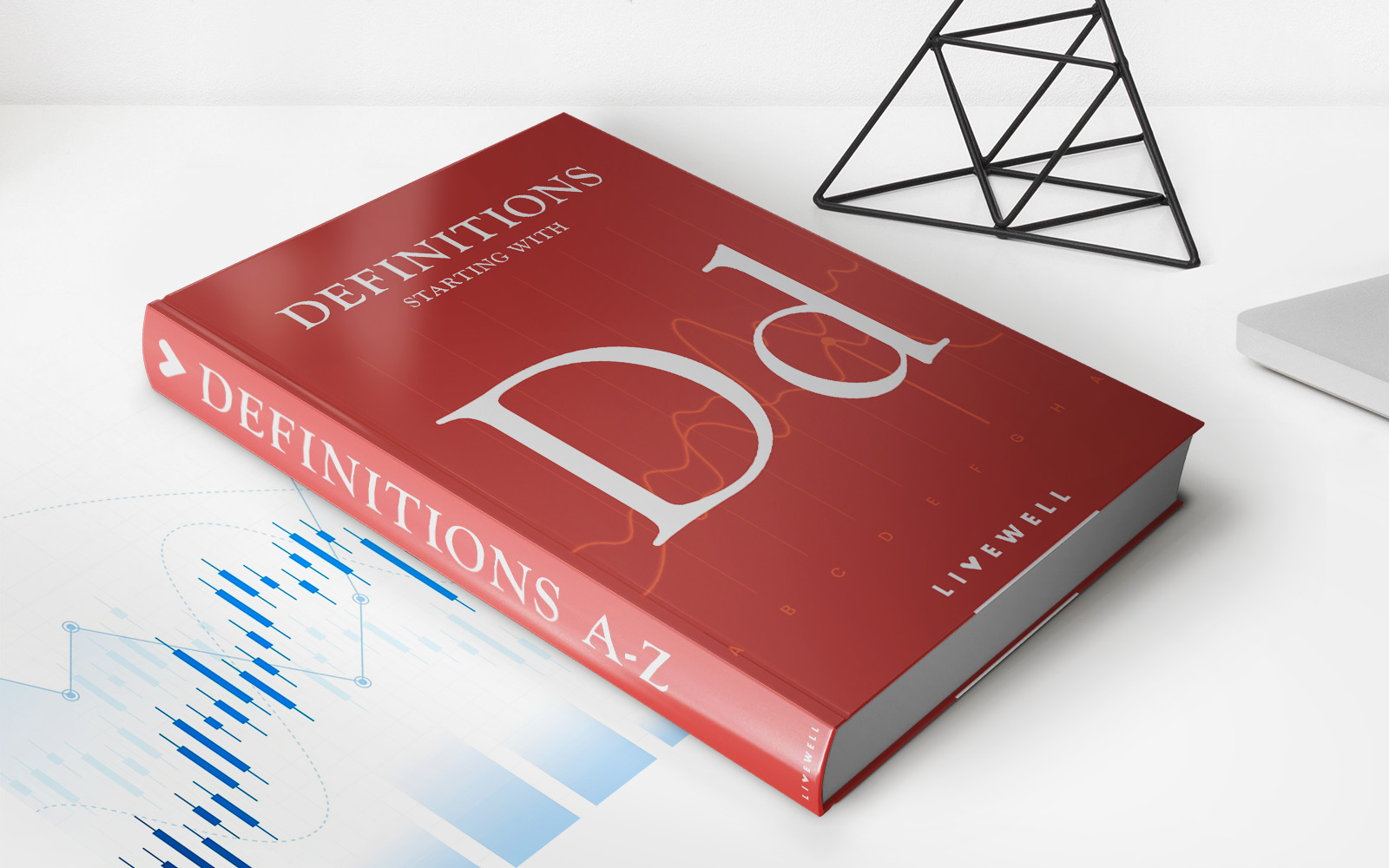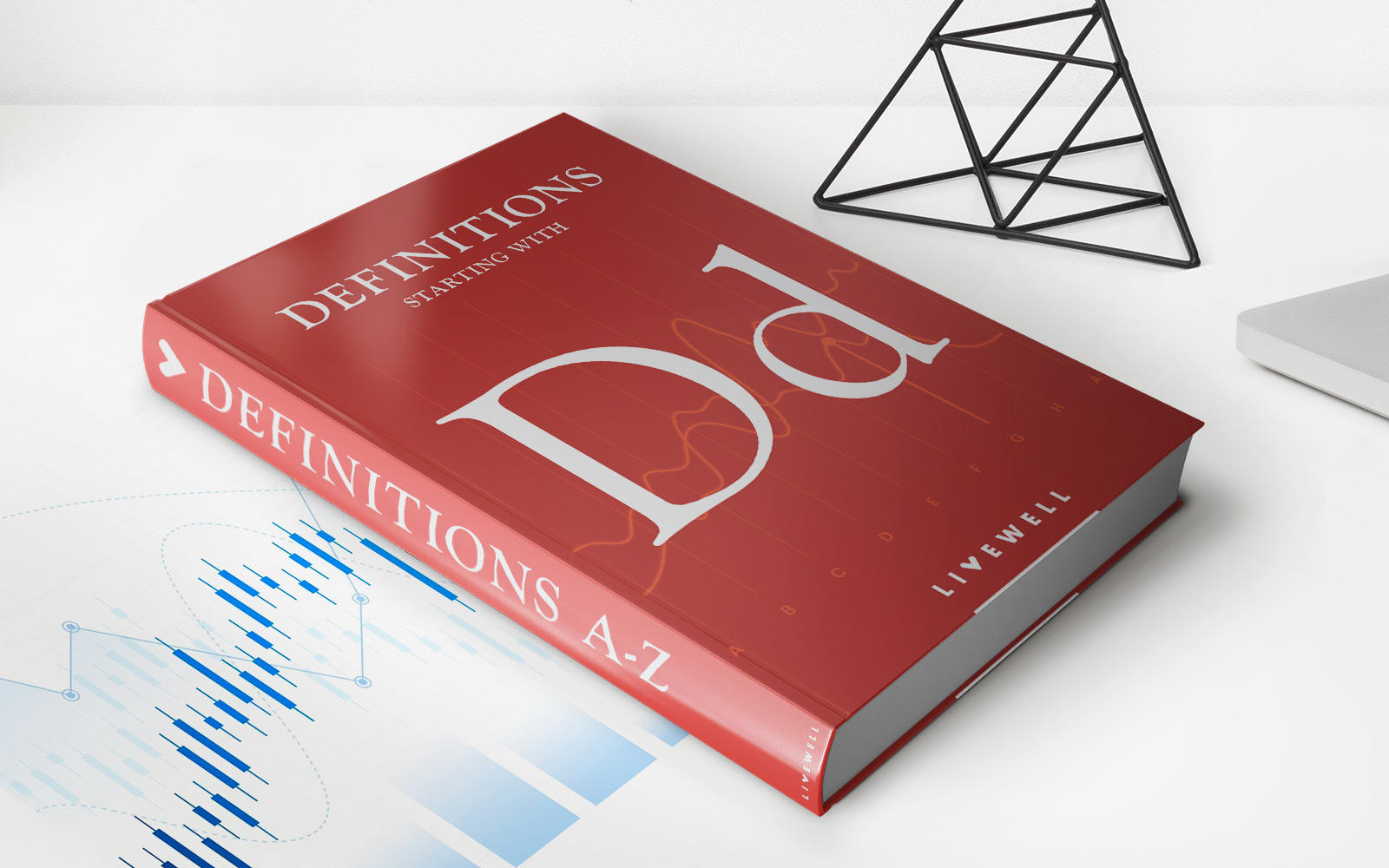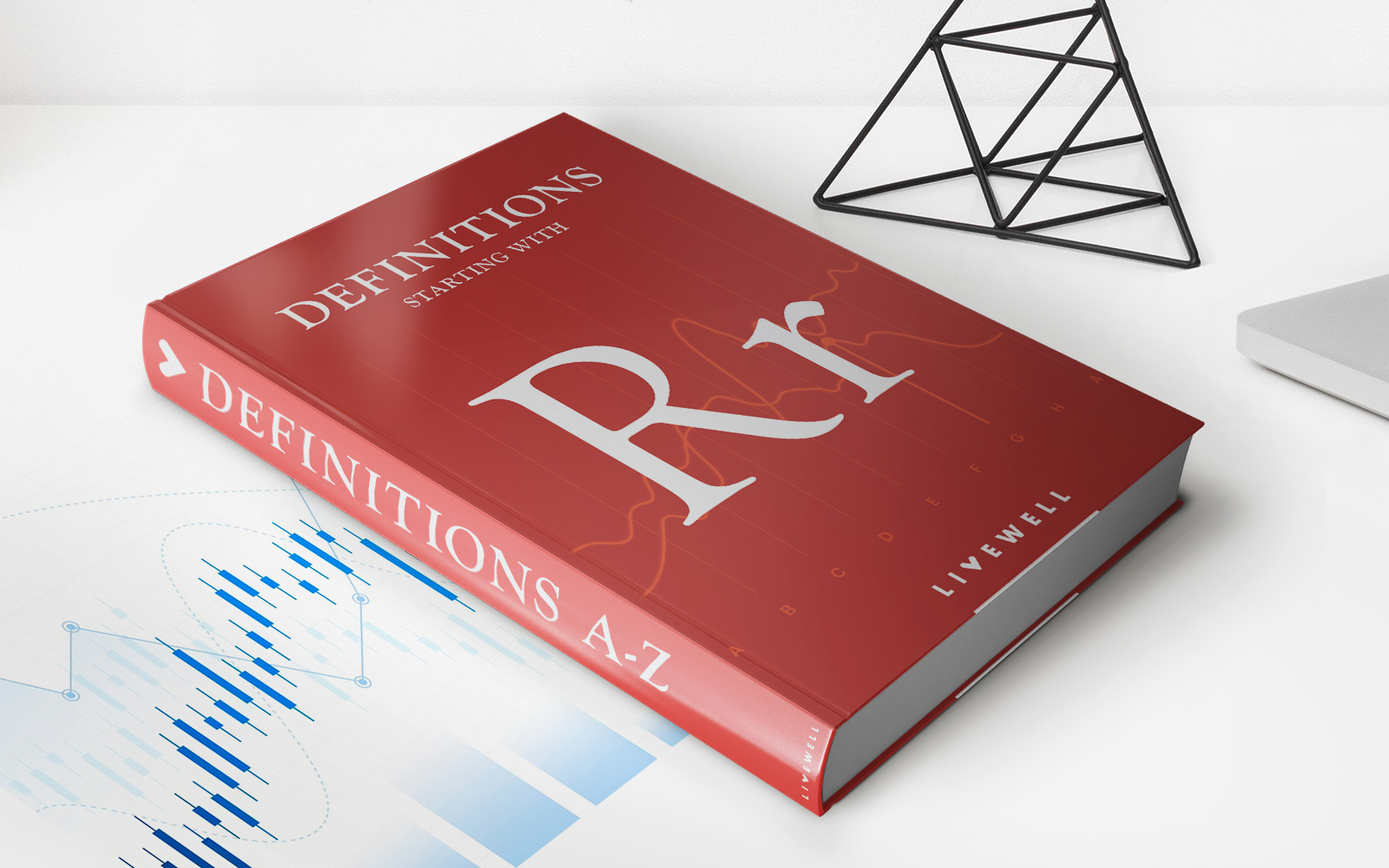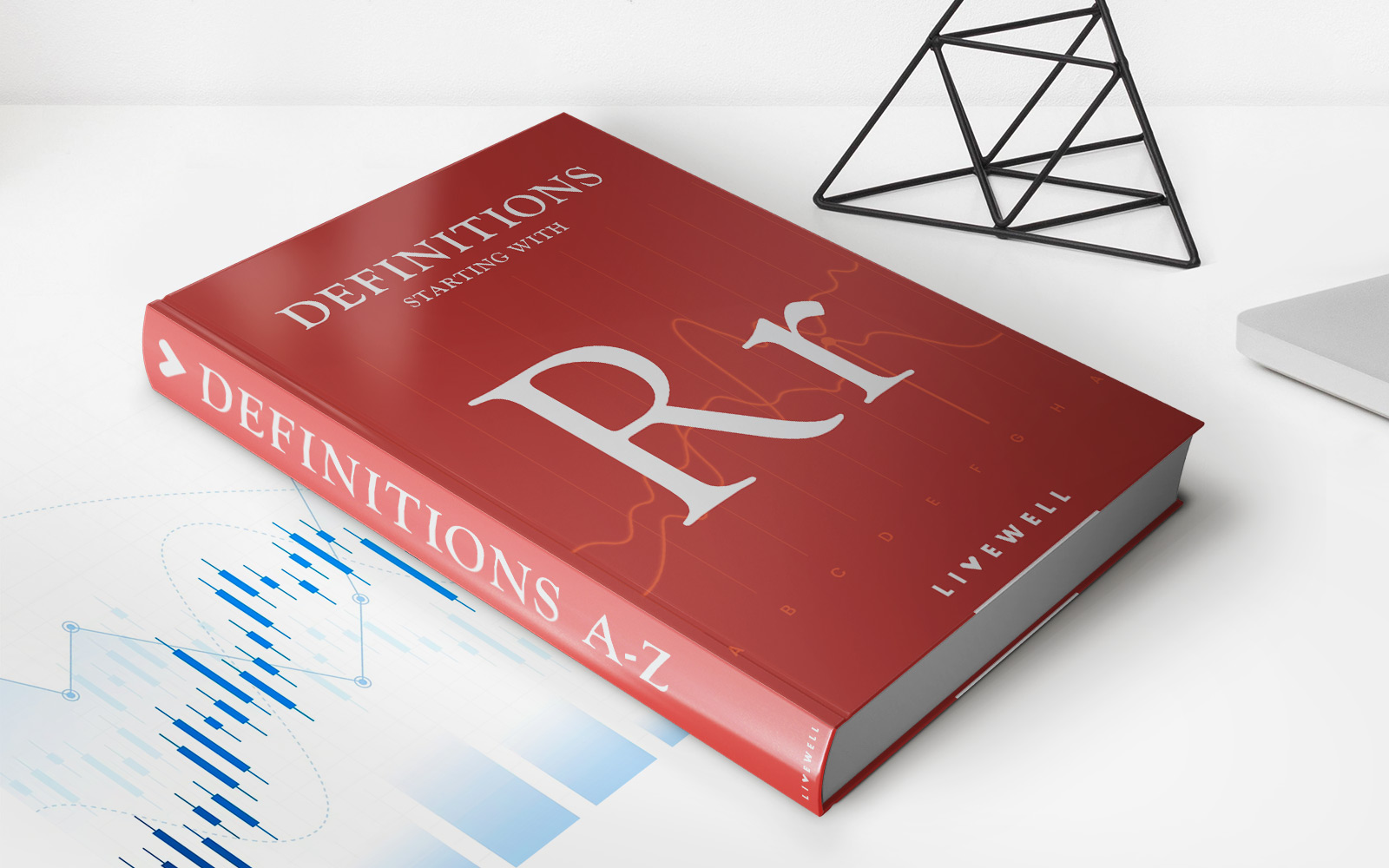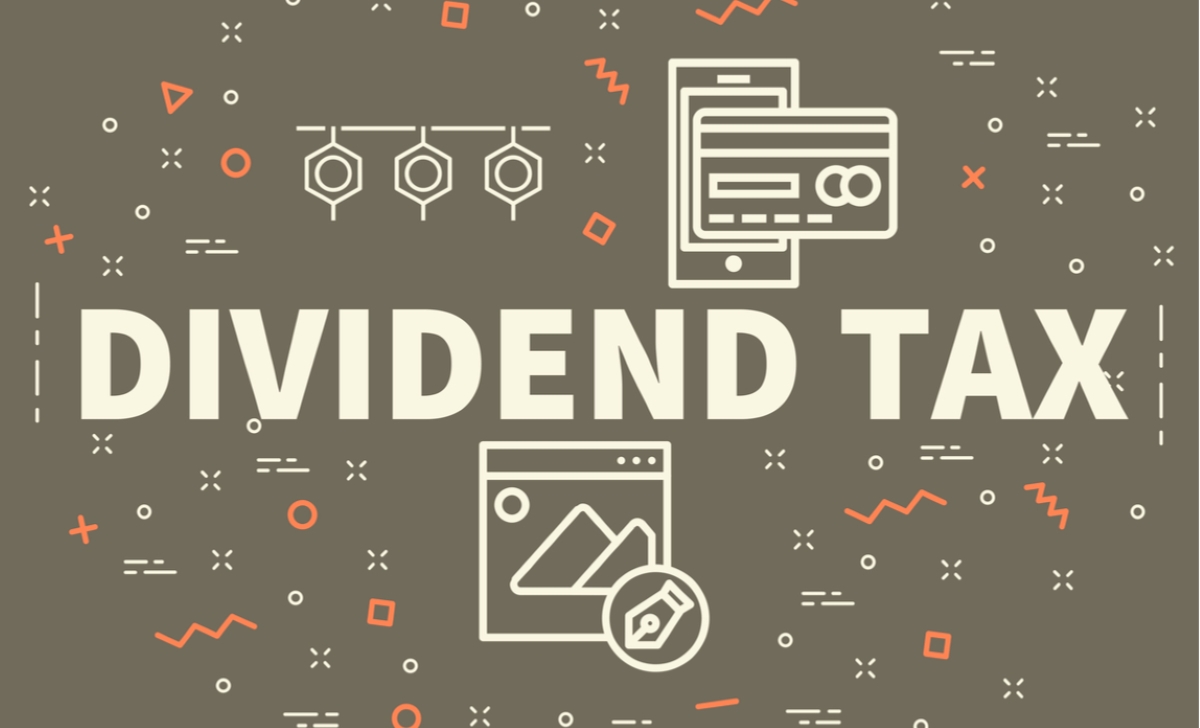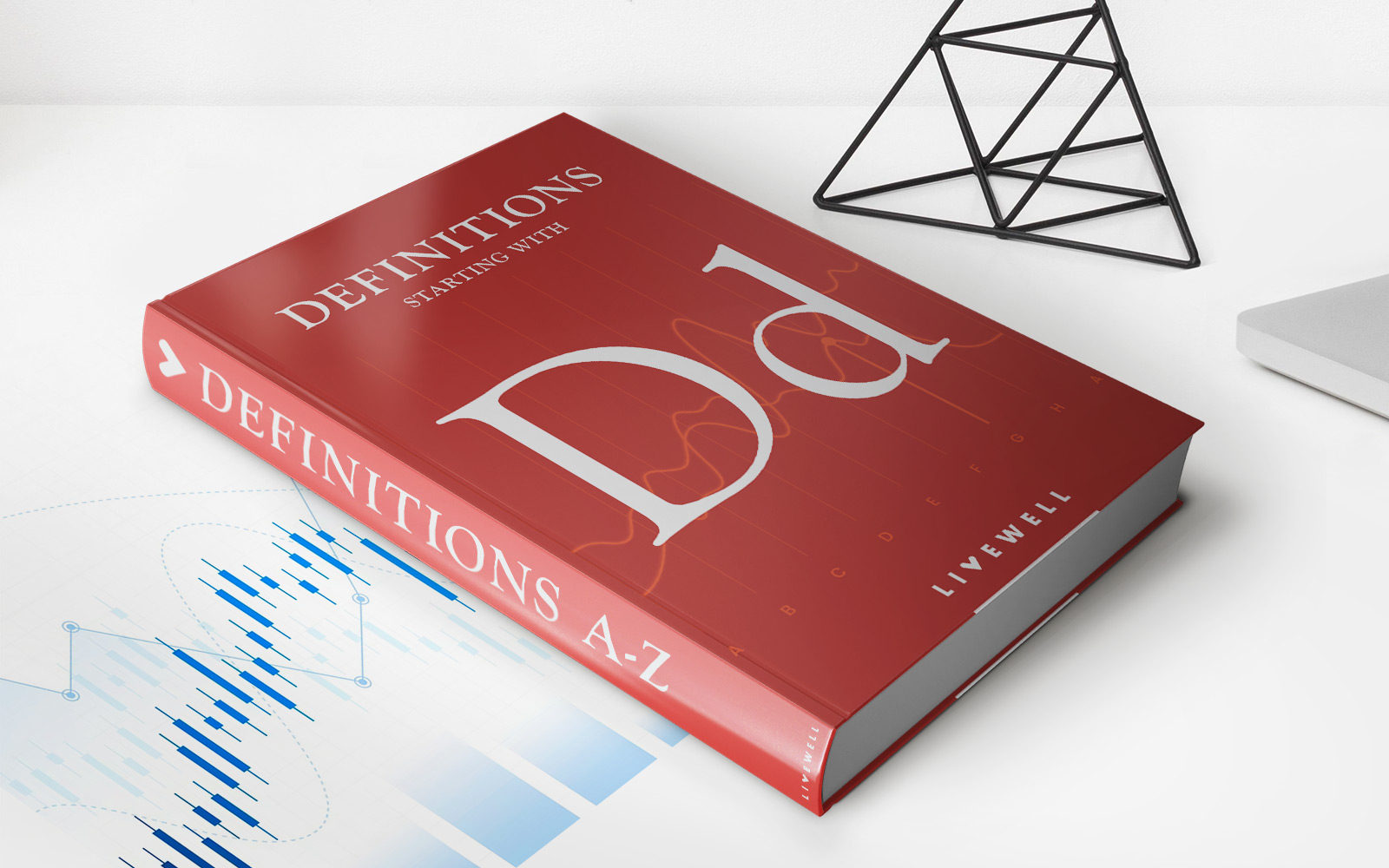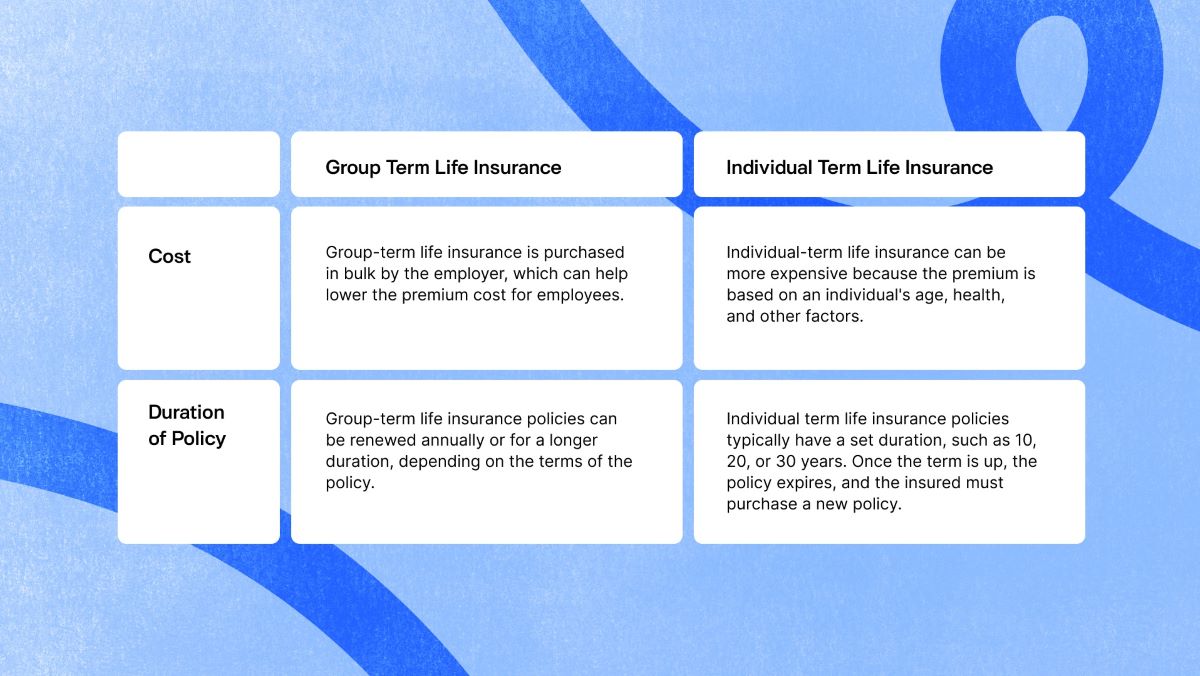Home>Finance>Dividend Rate Definition, Formula & Explanation
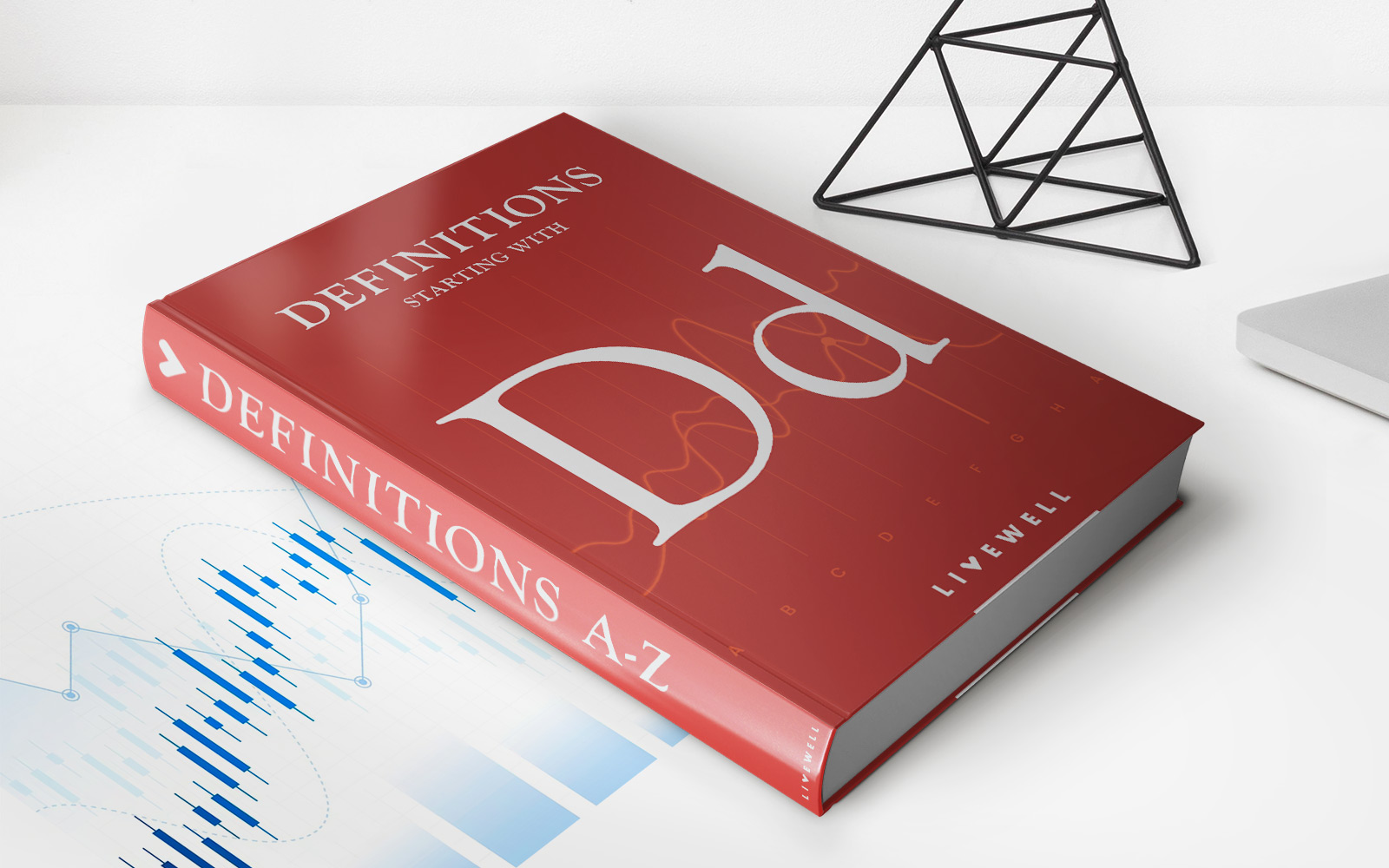

Finance
Dividend Rate Definition, Formula & Explanation
Published: November 13, 2023
Learn the definition, formula, and explanation of dividend rate in finance. Understand how this key metric is calculated and its importance for investors.
(Many of the links in this article redirect to a specific reviewed product. Your purchase of these products through affiliate links helps to generate commission for LiveWell, at no extra cost. Learn more)
Dividend Rate Definition, Formula & Explanation: A Complete Guide
Welcome to our Finance category blog post! Today, we’re going to dive deep into the world of dividend rates. If you’ve ever wondered what dividend rates are, how they are calculated, or why they matter, then you’ve come to the right place! In this comprehensive guide, we’ll provide you with a clear definition, an easy-to-use formula, and a detailed explanation of dividend rates. Let’s get started!
Key Takeaways:
- Dividend rates are a percentage that represents the amount of money a company pays out to its shareholders as dividends.
- The dividend rate formula is calculated by dividing the annual dividend payment by the current stock price.
What is a Dividend Rate?
Dividend rates are an essential concept in finance and investing. They refer to the percentage of a company’s earnings that it pays out to its shareholders in the form of dividends. Dividends are a way for companies to distribute their profits to their investors and provide them with a return on their investment.
Dividend rates can vary widely depending on the company, industry, and economic conditions. Some companies may have a high dividend rate to attract investors, while others may have a lower or even no dividend rate if they choose to invest their earnings back into the business.
How to Calculate Dividend Rates
Calculating dividend rates is a relatively simple process. You can use the following formula:
Dividend Rate = Annual Dividend Payment / Current Stock Price
The annual dividend payment represents the total amount of money a company pays out to its shareholders in a year. The current stock price is the market price per share at the time of calculation.
Let’s take an example to illustrate this. Suppose a company has an annual dividend payment of $2 per share, and the current stock price is $50. We can calculate the dividend rate as:
Dividend Rate = $2 / $50 = 0.04 or 4%
So, in this example, the dividend rate would be 4%.
Why do Dividend Rates Matter?
Dividend rates are crucial for both investors and companies. Here’s why they matter:
- Investor Income: Dividends provide a regular income stream for investors who rely on it as part of their investment strategy. Dividend rates help investors assess how much income they can expect to earn on their investment.
- Investment Evaluation: Dividend rates can be an important factor when evaluating the attractiveness of an investment opportunity. Higher dividend rates may indicate a stable and profitable company, while lower or no dividend rates may suggest that the company is reinvesting its earnings for future growth.
While dividend rates are essential, it’s important for investors to consider other factors as well, such as the company’s financial health, growth prospects, and overall investment strategy.
Conclusion
Understanding dividend rates is crucial for anyone interested in finance and investing. By knowing how to calculate dividend rates and why they matter, investors can make informed decisions and evaluate investment opportunities more effectively. Dividend rates provide insight into a company’s profitability, its commitment to shareholder returns, and its potential for long-term growth. So, the next time you come across dividend rates, you’ll have a clear understanding of their meaning and significance.
